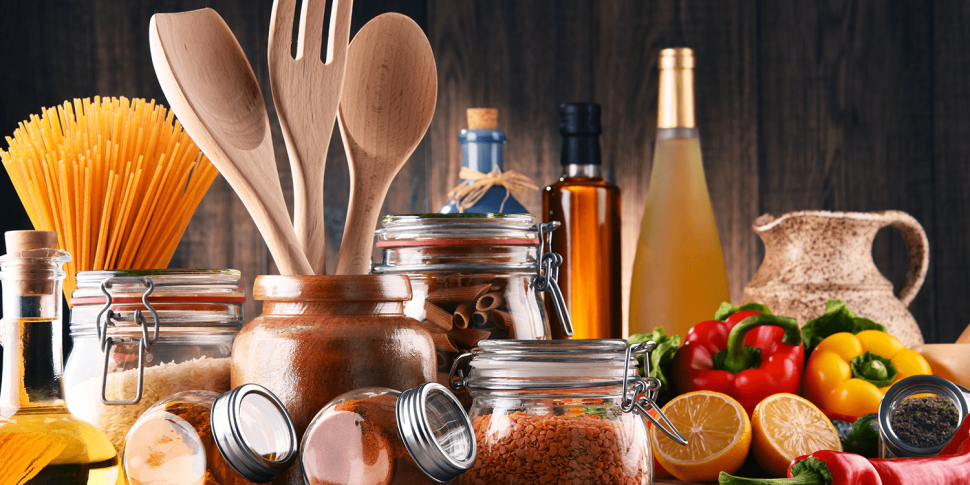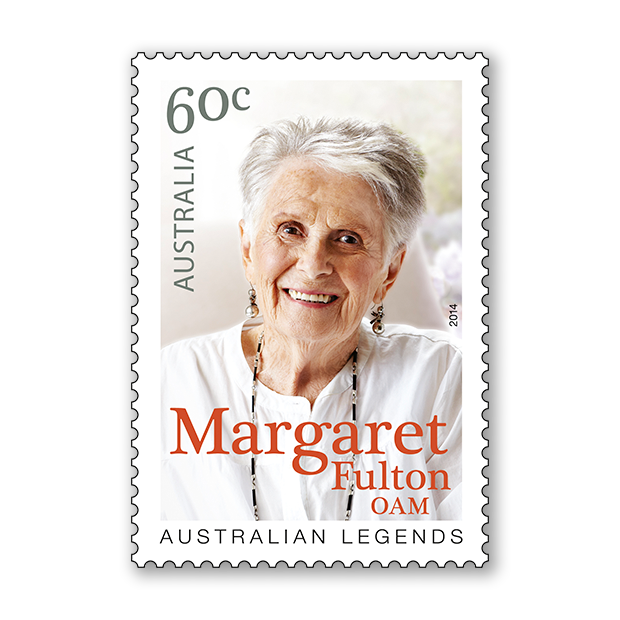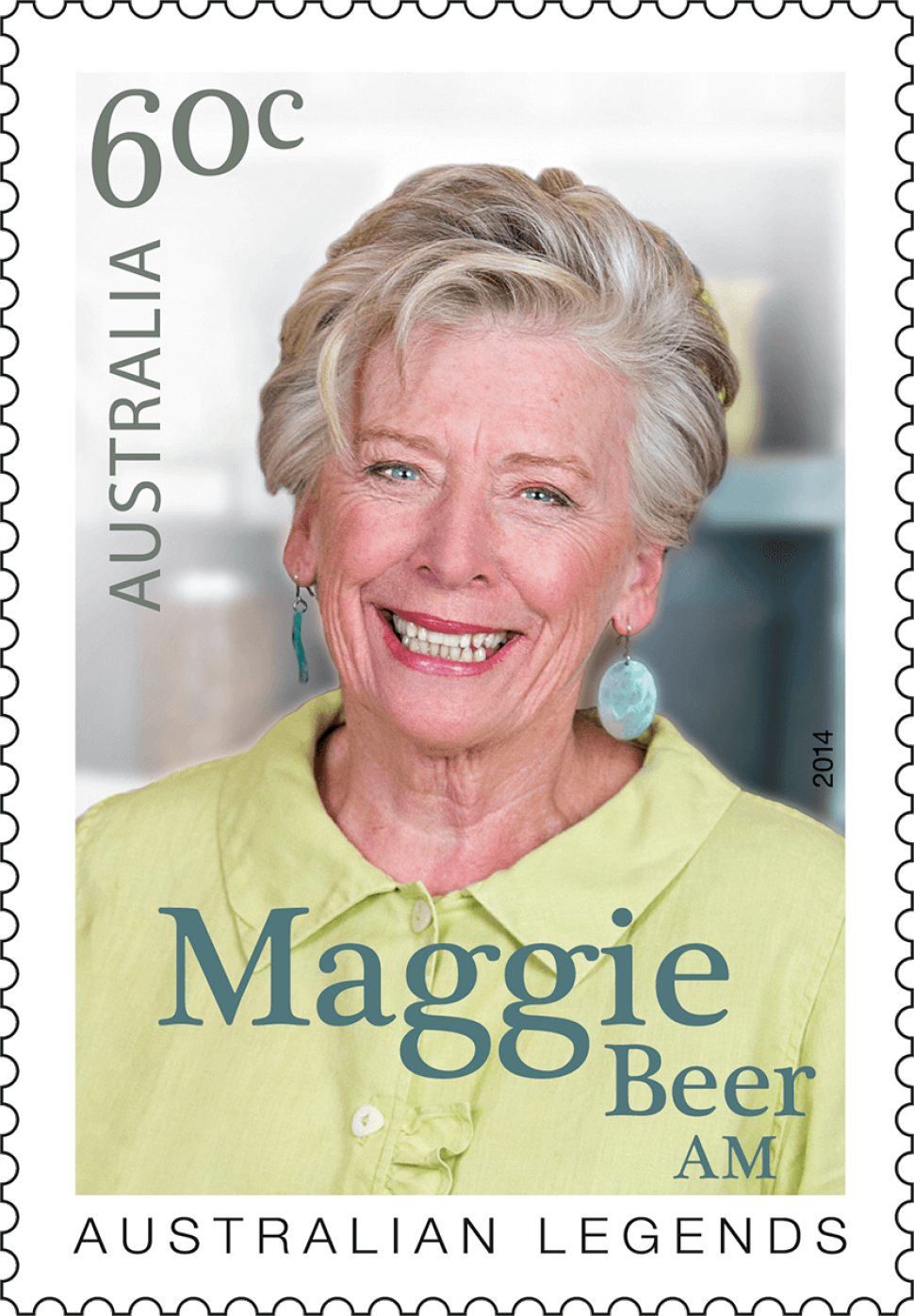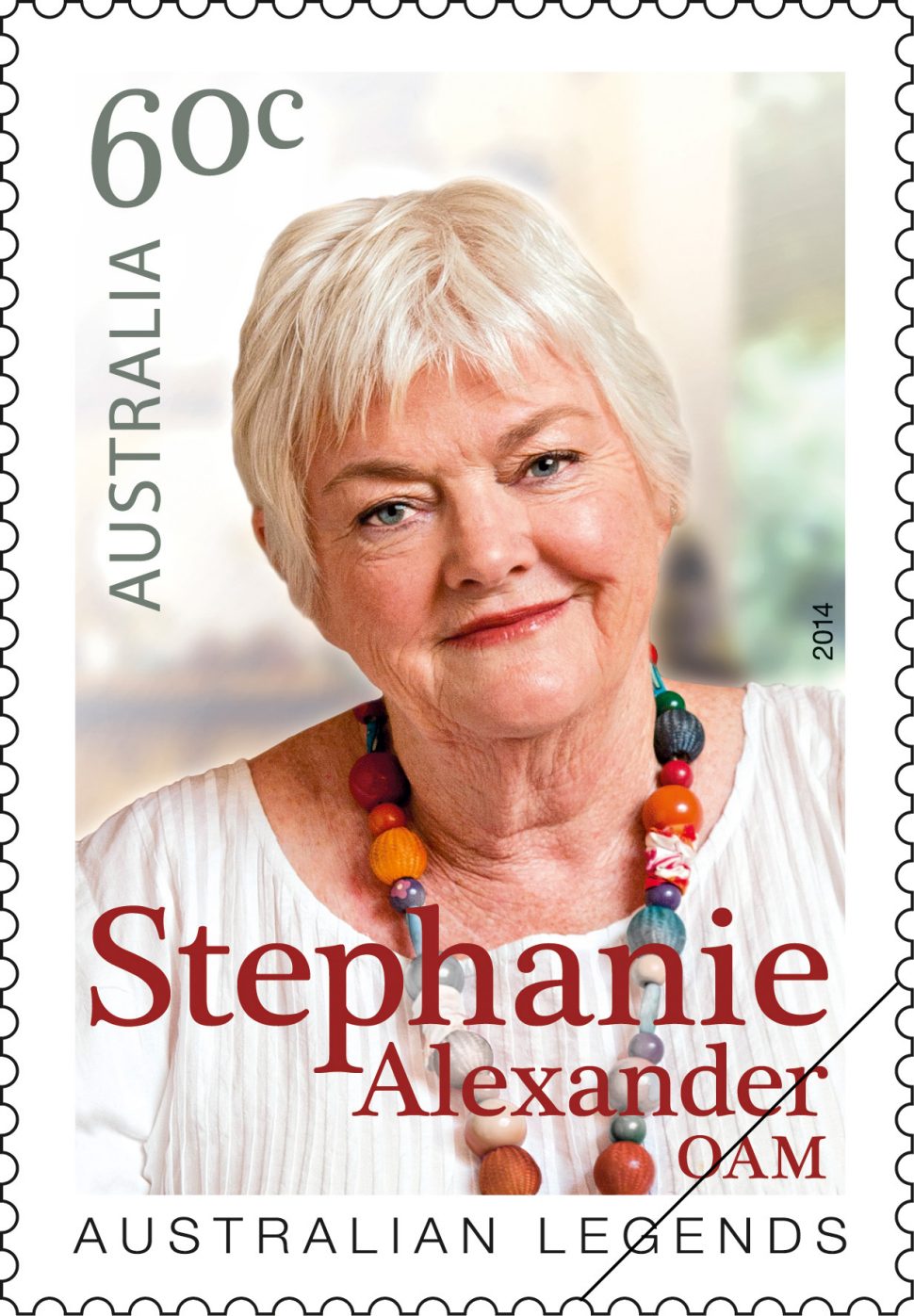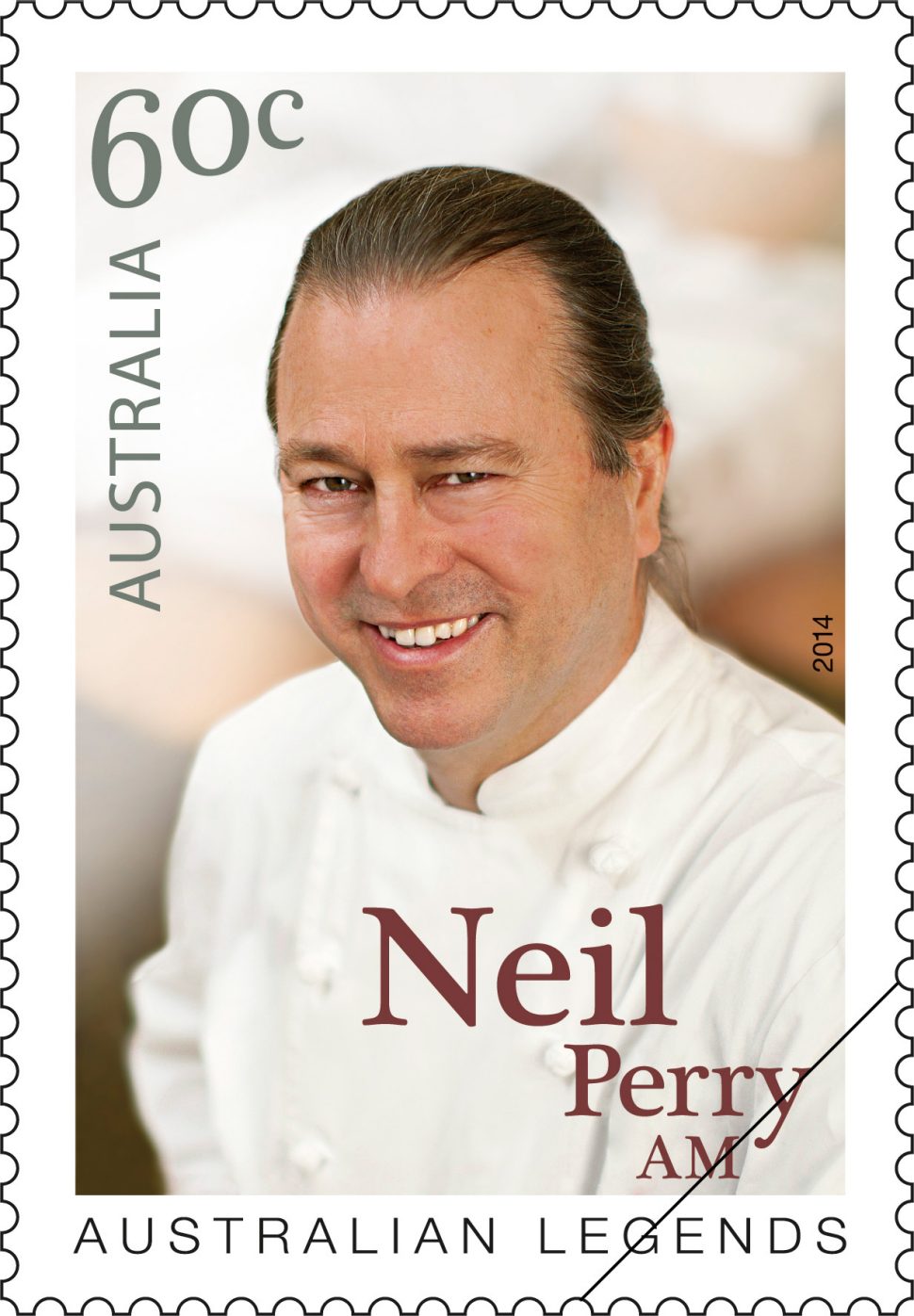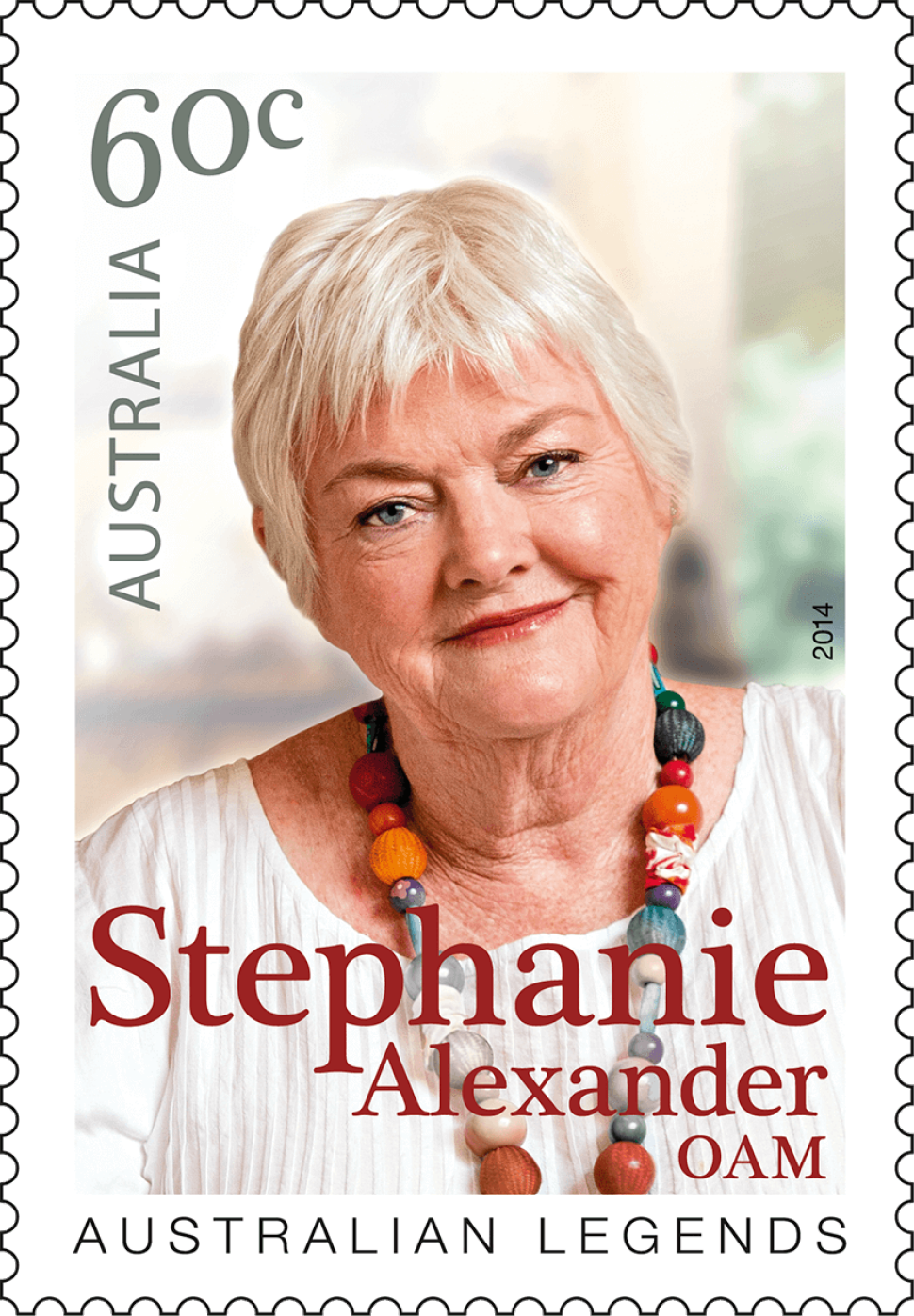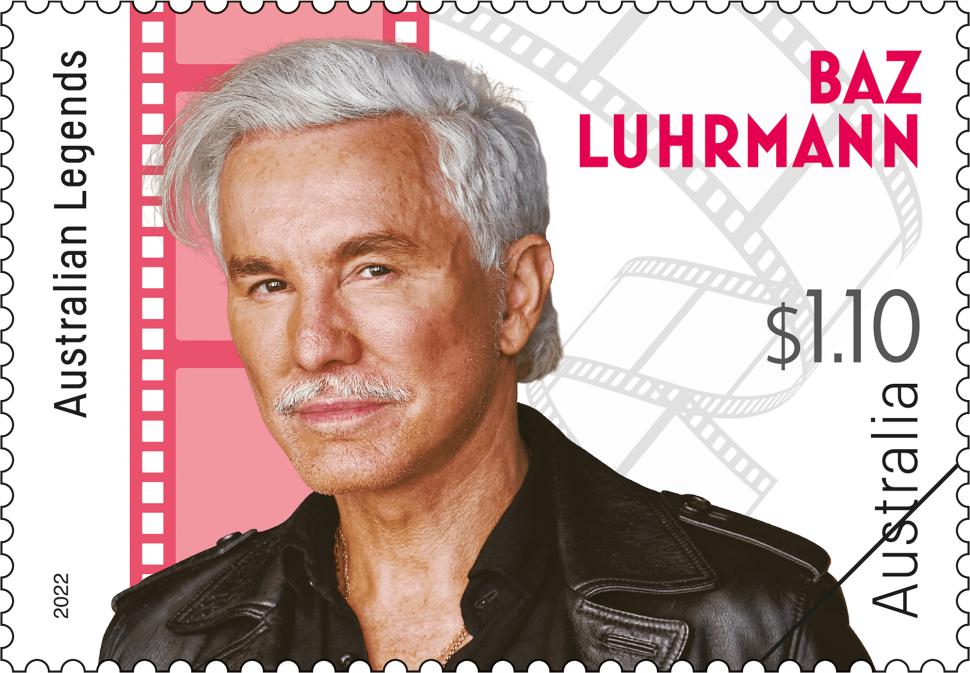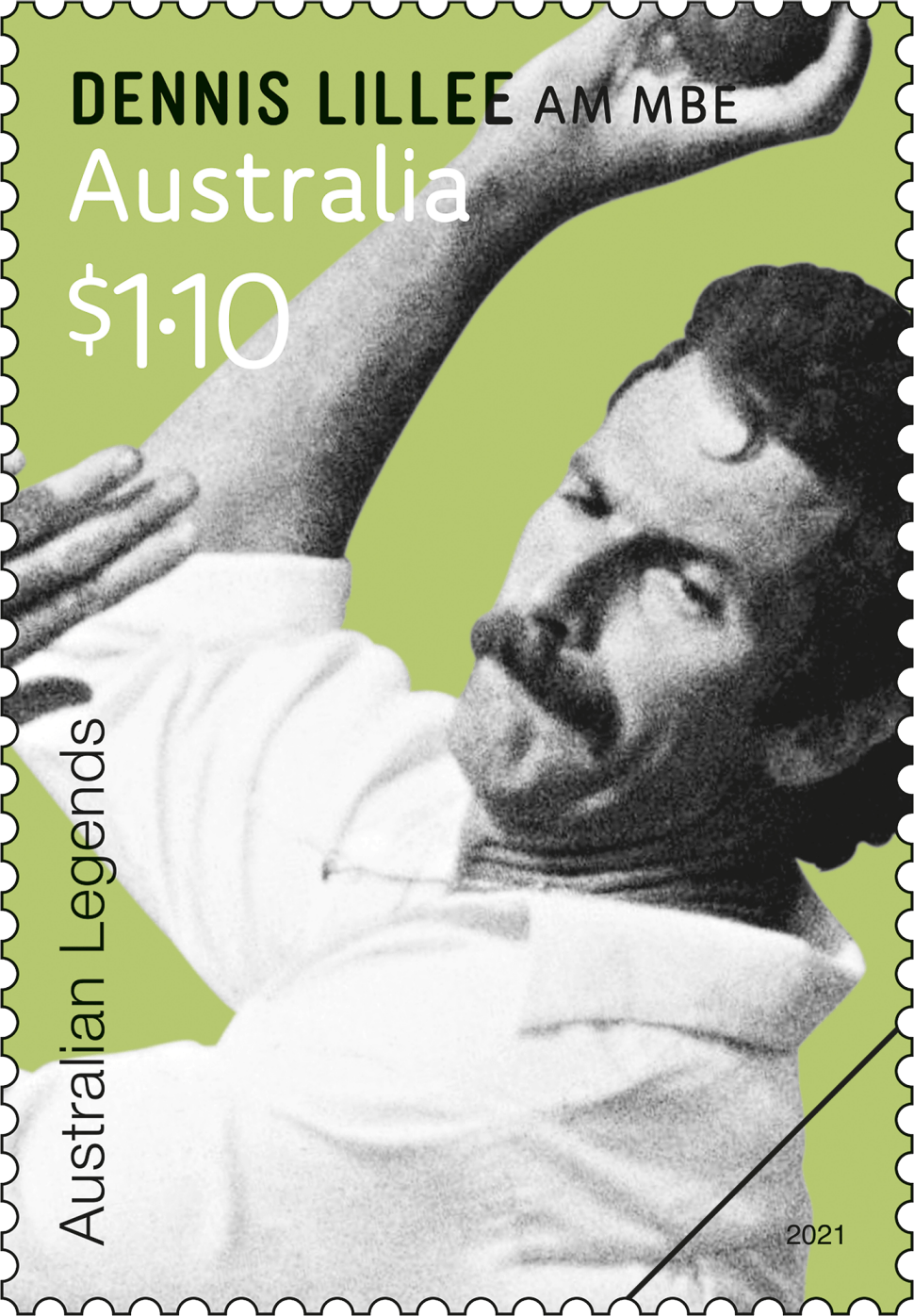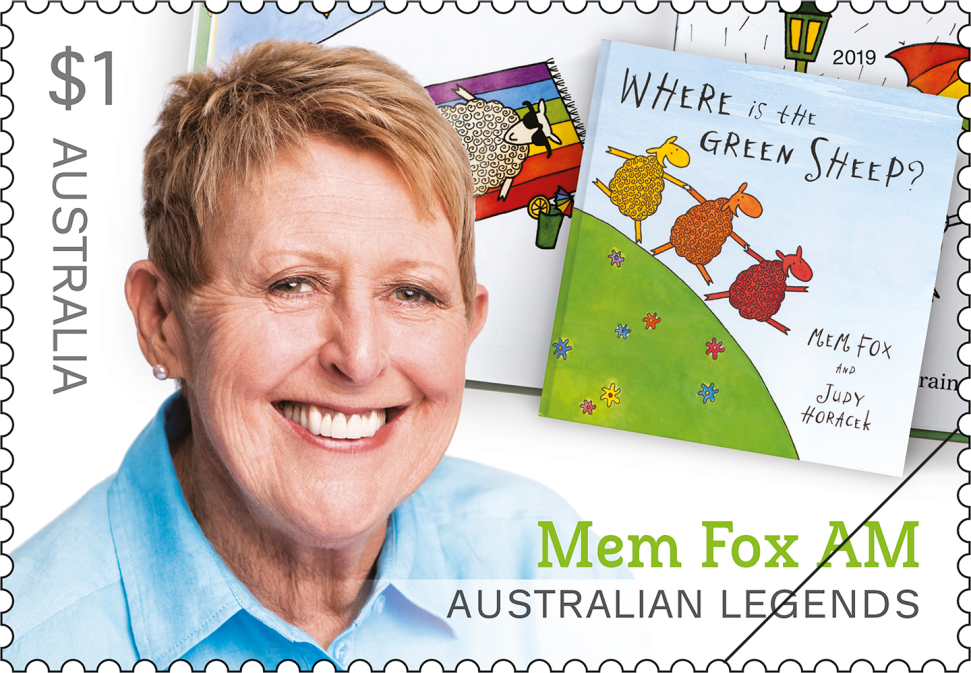For nearly two decades the Australia Post Australian Legends Award has been bestowed as part of the annual Australia Day celebrations. It acknowledges the contributions that great living Australians have made to contemporary culture and society, and to national identity.
In 2014, this award recognised a select group of game-changers in Australia’s food culture. These individuals have been visionary for their part in shaping Australia’s palate, tweaking its tastebuds and taking it from a land of meat and three veg to a place of exciting, innovative and creative culinary fare. Their efforts in redefining the food culture of this country have also been instrumental in plotting Australia’s position on the international map of gastronomy.
Back in the late 1800s, Australia had a halfway decent restaurant culture. Mostly it was about French cooking and fuelled by gold-rush bounty, but it was largely obliterated by subsequent wars and economic downturns and the cash-flow problems associated with such catastrophes. For the majority of Australians, food became mostly about fuel; wine had no purchase and a vegetable with any texture was viewed with suspicion.
The first stirrings of a change in our food fortune came in the 1950s and 1960s, when increasing affluence saw more people heading overseas. They returned from Europe and Asia with greater knowledge and experience of ingredients, cuisines and dining. Coupled with the effects of post-war migration, which was changing the cultural and culinary makeup of Australian cities, there was a sudden hunger for good and more varied food.
Enter our “Legends of Cooking”, who tapped into the zeitgeist and have been able to carve out a significant role in re-imagining Australia’s food culture.
In the tradition of this stamp issue, the designs depict the five recipients of the Australia Post Australian Legends Award through portraiture. The stamp issue design references that of cookbooks through the strong typographic element, linking each Legend to the gastronomic art for which they are known.
Designer
Lynette Traynor is the manager of the Australia Post Design Studio. She has designed many stamp issues during her time with Australia Post, including, in recent years, Australia Post 200 Years (2009) and the Nobel Prize Winners (2012).
Products released in this issue
- Stamp pack
- First day cover
- Maxicard set
- 5 booklets of 10 x 60c stamps
- Booklet collection
- Prestige booklet
Technical specifications
- Issue date
- 17 January 2014
- Issue withdrawal date
- 31 December 2014
- Denominations
- 5 x 60c
- Stamp design
- Lynette Traynor, Australia Post Design Studio
- Product design
- Jo Mure, Australia Post Design Studio
- Paper - gummed
- Tullis Russell
- Printer - gummed
- McKellar Renown
- Paper self-adhesive
- B100
- Printer self-adhesive
- McKellar Renown
- Printing process
- Lithography
- Stamp size
- 26mm x 37.5mm
- Perforations
- 13.86 x 14.6
- Sheet layout
- Module of 50
- FDI postmark
- Adelaide, SA 5000
- FDI withdrawal date
- 15 February 2014
For nearly 60 years Margaret Fulton has been a force of culinary nature in Australia, shaping the way Australians eat and entertain through her roles as cookery teacher, magazine and newspaper columnist, and author of more than 20 cookbooks, including the enormously influential Margaret Fulton’s Encyclopaedia of Food & Cooking and the game-changing The Margaret Fulton Cookbook. She’s also one of the National Trust’s Australian Living Treasures, has been awarded an OAM and been named by the Sydney Morning Herald as one of the “25 people who have most changed the nation”.
Margaret Fulton has used her intelligence, talent and force of will to not only forge a fascinating life and career but also to change the way Australians think about food and cooking, and the possibilities of flavour itself. In 1960, she became food editor of Woman’s Day. She travelled to Mexico, Italy, China, Lebanon, Spain, Finland and South America, gathering recipes and ideas along the way and re-imagining them for home cooks. It’s hard to grasp now how influential this was. Anglo-Australia was still mostly the land of meat and three veg, despite the waves of immigration, but through her columns Fulton was able to act as a guide and translator, introducing new flavours, ingredients and techniques.
But it was with the release of The Margaret Fulton Cookbook in 1968 that she became a household name and Australia’s first true celebrity cook. The book was an instant success. Margaret Fulton-inspired dinner parties became all the rage and they brought the excitement of multicultural cooking into the Australian home.
Her mantra was always about doing the simple things well – and her recipes worked. It was that directness, simplicity of approach and clarity of communication that powered all the cookbooks and columns to come, including a 24 year run at New Idea.
The idea that the best tasting food is made with excellent ingredients grown nearby and picked in season is so ingrained today that it can seem like something of a cliché. But back in the 1970s, when Maggie Beer and husband Colin bought their property to raise pheasants and to grow some grapes and olives, it was a concept that was on few radars, particularly in Australia’s big cities. One of the earliest local–seasonal exponents, Maggie was an untrained cook, which makes the long-lasting influence of her venture all the more remarkable.
Pheasant wasn’t an everyday ingredient in Australia in the 1970s, and few people knew what to do with it. So the Beers opened a small farm shop in January 1979 and Maggie made pies and terrines, and stuffed, baked and boned pheasant and quail. People arrived in increasing numbers to try the food she was cooking, and within a year the farm shop morphed into a restaurant. It was a simple country restaurant known as Pheasant Farm, yet it was also a ground-breaking restaurant; food critic and writer Stephen Downes says of the restaurant: “[it] distilled our cooking style into its purest essence”. For 15 years punters and critics flocked to the restaurant, drawn by Maggie’s talent for bringing out the best in the produce grown in the nearby fields and paddocks. In 1991, Australian Gourmet Traveller anointed it Restaurant of the Year.
Following its closure in 1993, Maggie focused on her popular food-produce lines. Pâtés, fruit pastes, jams, sauces, verjuice and ice cream produced under the Maggie Beer Products label are now sold both nationally and internationally. She’s also had remarkable success with her cookbooks both locally and overseas – particularly Maggie’s Harvest. Besides this, Maggie was awarded Telstra Businesswoman of the Year in 1997; Senior Australian of the Year in 2010; a Member of the Order of Australia in 2012; and a Doctor of Business honoris causa from Macquarie University in August 2013.
Stephanie Alexander first published The Cook’s Companion in 1996. This huge brick of a book is a publishing and cultural phenomenon, considered by many as their kitchen bible. Structured as an incredibly detailed, alphabetised list of ingredients and how to use them, the book has sold more than 500,000 copies worldwide and is still reprinted every year. It has also anchored Stephanie Alexander’s reputation and legacy as one of the country’s great food educators.
But while The Cook’s Companion is Alexander’s calling card, she’s been pushing boundaries, learning and educating, writing and exploring her whole life. Her culinary career began in the 1960s with Jamaica House, which she opened in Carlton, Melbourne with her then husband, Rupert Montague. Here she founded her reputation for innovative, flavoursome food. But it was later with her highly influential restaurant Stephanie’s that she really established herself as a culinary force.
Post restaurant career and post publishing phenomenon (she has 14 books to her name), Stephanie has embarked on perhaps the greatest crusade of her life: educating primary school children across Australia about food through the Stephanie Alexander Kitchen Garden Foundation. The pilot program began at Collingwood College in 2001, and the federal and state governments have since come to the party, funding schools with $17.3 million in total grants to run the program. There are now more than 400 schools nationwide involved in a program that sees children in primary schools not just growing food but learning how to cook with fresh produce.
The program goes to the root of one of Stephanie’s great crusades, the same one that drove her to complete her “bible”: the desire to break down people’s anxieties about cooking, so that they can live a better, healthier life. Along the way, Stephanie was awarded an OAM in 1994; Victorian of the Year in 2010; and, in 2012, she gained the number one position on Crikey magazine’s list of the most powerful people in Australian food.
The term “modern Australian cuisine” has become so porous that trying to explain what it is in terms of dishes or cooking techniques is impossible. It is, instead, more about an attitude, one that doesn’t mind shaking things up – ignoring the rules about what goes with what – but is pretty fussy about the quality of ingredients. One of its finest exponents, if not solely responsible for bringing modern Australian cuisine into being, is Neil Perry.
Neil Perry owns seven highly acclaimed restaurants in Sydney, Melbourne and Perth that employ around 600 staff; he’s the culinary face of Qantas; and he’s written eight cookbooks and is a familiar sight on television. But he’s not all about the business. His 2013 Medal of the Order of Australia was awarded not just for his 25 plus years as chef and restaurateur but also for “significant service to the community as a benefactor of and a fundraiser for charities”.
Extensive charity work aside, Neil is a chef renowned for his relentless pursuit of the best ingredients in the country. There’s a reassuring fervour when he talks about great ingredients being the foundation of great cooking, and he’s passionate about sustainable produce, particularly fish. His espousing of the season–regional mantra is more than just fashionable marketing slogans though; it’s in his blood, passed on mainly through his father.
Neil spent his first years in hospitality working front of house, stepping into the kitchen only when a chef at the restaurant he was managing couldn’t make it into work. He loved it, and over the next few years served an informal apprenticeship. In 1983, he gained his first head chef job at Barrenjoey House, and three years later he opened his first restaurant, Bluewater Grill, in Bondi Beach, where he put into play the lessons he learnt growing up: conceiving dishes according to the things he liked to eat rather than any preconceived ideas about what was supposed to go with what. So Asian flavours mingled with European flavours, all on a foundation of the best and freshest ingredients around. It was a new, exciting and popular way of cooking, and suddenly both the idea of modern Australian cuisine and Perry himself were on the radar.
In 1989, he opened the renowned Rockpool with his cousin Trish Richards, gaining awards and accolades aplenty. Rockpool has since been joined by its upmarket steakhouse offspring, Rockpool Bar & Grill (Melbourne, Sydney and Perth), two outposts of Neil’s Chinese restaurant Spice Temple and his Melbourne Italian restaurant, Rosetta Ristorante. The best ingredients and an innovative approach remain foundational to his work.
Kylie Kwong’s seemingly effortless blend of Chinese and Australian cultures – not just in her look and sound but in the way she cooks and thinks about food – has made her one of Australia’s best and most beloved chefs. Through books, television shows, cooking classes and at her popular Sydney restaurant, Billy Kwong, she has demystified Chinese cooking, making it something that people cook in their homes as well as eat in restaurants.
Kylie is also a passionate advocate for sustainable food and ethical eating. In 2005, she made an expensive and labour-intensive transition to using locally grown, organic and biodynamic produce at Billy Kwong, while also introducing a raft of environmentally friendly measures, from paper recycling to using filtered tap water rather than bottled. She is at the forefront again in using Australian native ingredients – wallaby meat, warrigal greens and saltbush among them – in a modern Chinese context. She’s also putting insects on the menu, everything from roasted baby crickets to live green tree ants. This not only taps into to her Chinese ancestry but is also at the cutting edge of sustainable cooking, where insects are touted as the perfect sustainable source of protein for an increasingly crowded, resource-depleted world.
Kylie has written six cookbooks and presented three television series, but she still gets up early every Saturday to run a food stall at the Eveleigh Farmers’ Market in Sydney. She doesn’t have a range of expensive cookware but she does have a line of fair-trade tableware she designed for Oxfam, which gets all the proceeds.
Kylie did not leap into professional cooking immediately, and it wasn’t until she worked part time for a catering company that she realised working with food was for her. After six years at Neil Perry’s Rockpool and heading the kitchen at his cutting-edge modern Asian diner, Wokpool, Kylie headed up Bill Granger’s eponymous Sydney cafes. The two then opened the modern Chinese eating house Billy Kwong, which Kylie now owns. Kylie’s Australian-Chinese cuisine gives diners an experience of this country’s greater ecosystem on a plate, while maintaining her close connection to the earth and to the rhythms of nature. By integrating native produce into her menu Kylie also helps to support, respect and uphold the cultural traditions and heritage of Indigenous Australians. It is a seamless, original and major multicultural success story, much like Kylie herself.
This content was produced at the time of the stamp issue release date and will not be updated.
